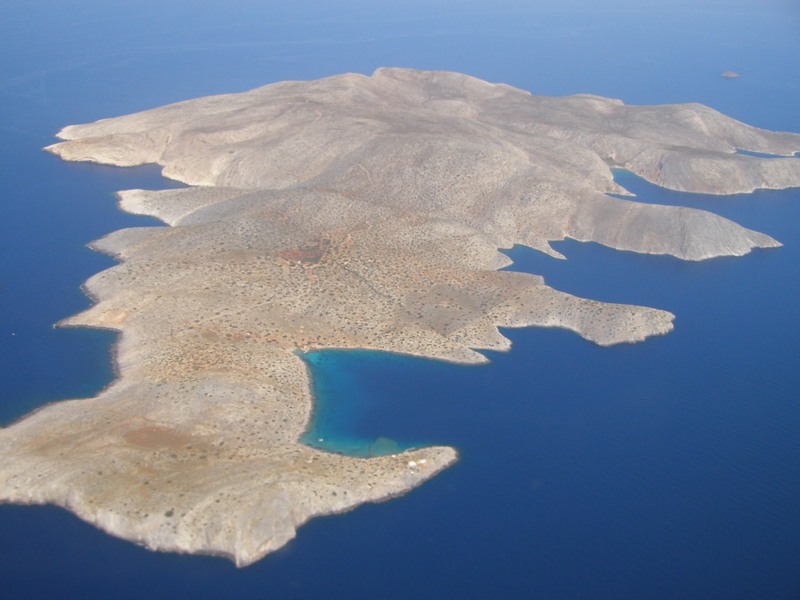“And whereas I first, in the misty sea, sprung aboard the swift ship in the guise of a dolphin, therefore pray to me as Apollo Delphinus (Apollo the Dolphin).” – Homeric Hymn to Apollo
In ancient times, the dolphin was said to be a messenger of the Gods and a type of oracle for the Sons of God. It is no wonder because they are extremely clever and kind to humans and Pliny calls them the fastest of all animals.
One of the most famous legends of the dolphin is about one of the most favored sons of Zeus was Apollo who in the guise of a delph AKA dolphin led a boat-load of Cretans to what is known in legend as Delphi.
The Homeric hymns show that Apollo himself is introduced conducting a band of Cretans, who came from the city of Gnosis – Knossos at his sanctuary at the foot of Parnassus, where he constitutes them his ministers ie: priests.
It is here at the palace of Gnosis at Knossos where you will find the Dolphins of Apollo in what is known as the famous “Dolphin Fresco.”


This is why Apollo’s most important name in the Cretan legends is Delphinius and his hereditary priests and priestesses of Pythia are the true oracles of Delphi.


Traditionally, Apollo and his twin sister, Artemis who is the Roman Diana, were born just 7 miles from the Holy Island of Crete on the isle once known as Delos (Δήλος) and Kos, which today is called Dia.
This island is where the Kohanim Levites had hailed from with their temple of healing called The House of Asklepios (iEsculapius) which we know today was home to the Father of Medicine, Hippocrates (Greek: Ἱπποκράτης; Hippokrátēs; c. 460 BC – c. 370 BC) and where he had operated his world-famous school of medicine.
A person who comes from the island Kos (Coos) is called a Koan in English, and a Cohen or Kohen (or Kohain; Hebrew: כֹּהֵן, “priest”, pl. כֹּהֲנִים Kohanim) which is simply the Hebrew word for priest. Hence, your last name does not have to be “Kohen or Cohen” to be a member of this biblical family.

From this Dragon shaped island, Apollo went to Pytho (Delphi), where he slew Python, the dragon that guarded the area. He established his oracle by taking on the guise of a dolphin, leaping aboard a Cretan ship, and forcing the crew to serve him. From this point forward, Delos was one of the most sacred places of ancient Greece.
Further connections to Crete can be found in the story of the Labyrinth when Crete when Theseus dedicated to him the statue of Aphrodite which Ariadne had taken from Crete. On his return from Crete he danced about Apollo’s altar at Delos and instituted the cult of Apollo.
The lyre and bow are Apollos main instruments which are also bother credited to the development of the Cretans and also as their national symbols are more evidence of his origins with the Apollo of Crete.

It was said that in classical times, Delos now known as Dia was the center of an island confederation (Atlantis Legends), bound together by the common religion of Apollo, and only broken up by the overwhelming power of Athens.
It is very interesting to note how the Cretan Apollo is also connected with the U.S.A and how actual Cretan influence on the American Masonic Gnostic religion.


Moe is the founder of GnosticWarrior.com. He is a father, husband, author, martial arts black belt, and an expert in Gnosticism, the occult, and esotericism.








